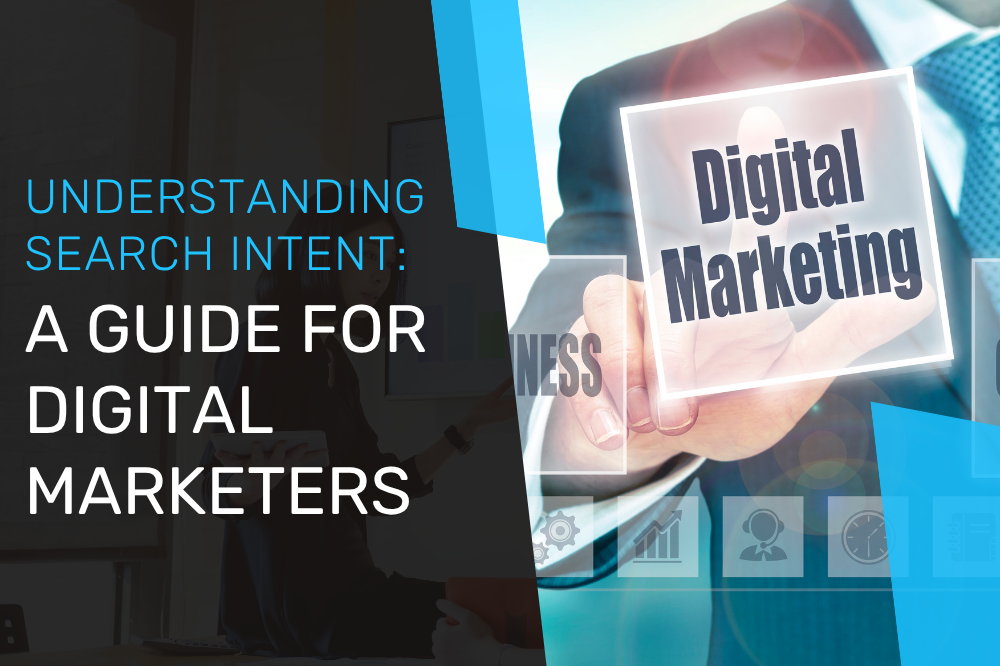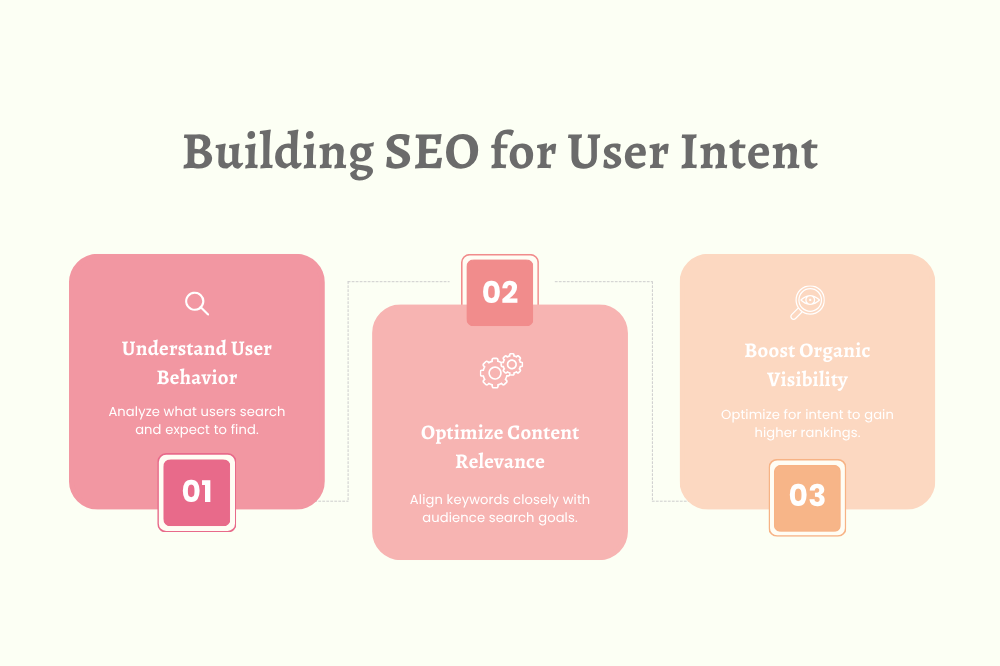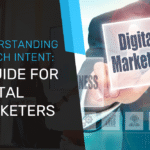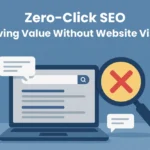
In the digital communication world, thoroughly understanding search intent is the key to establishing high rankings with content optimization techniques that also delivers on what user really wants. In its simplest definition, search intent is the intention of the user when they enter a query in a search engine. A search could, for example, simply be for information, to reach a particular webpage, to compare products, or to buy something. Companies and marketers that tap into this underlying intent can come up with deliberate, targeted content which garners users, subsequently increasing website traffic and conversions.
Types of Search Intent
Search intent generally falls into four main categories. Creating content with proper knowledge of these categories helps businesses and content creators to match the user’s goals effectively.
Informational Intent
Informational intent is when the user is trying to find some insight or information on a search term. You may be able to recognize the intent if the search term is something that demonstrates that a user simply wishes to learn about a given topic. This intent can be found in search terms like, “What is SEO?” or “How to increase website traffic.”Informational intent individuals are still at the decision-making level, and thus they will only be seeking help, information, or the tip. This type of search engine query/term can be answered through web content (e.g. articles, guides, tutorials, videos, etc.).
Navigational Intent
Navigational intent is when the user is trying to get to a certain website or a specific brand. In case the user does not know the exact URL, they run a quick search to get the page they want. For instance, a person may search for “YouTube login” or “Digital Upward SEO services.” It is essential to make sure that the site is easily accessible and ranks highly in searches that those users run. Users are more likely to stay on a page that is open and is engaged with clear branding and an organized navigation structure.
Commercial Intent
Commercial Intent happens when users know the kind of product or service they need and still want to look at different options before they make a final decision. For example in Queries like “best seo company in delhi ncr” or “top digital marketing companies in Delhi”, you can easily see how people are researching, comparing, and reading reviews to choose wisely. The presence of comparison articles, case studies, and detailed product or service pages helps the companies to show off their expertise, gain trust, and be the user’s appropriate choice in making decision.
Transactional Intent
Transactional intent is shown when a user is willing to make a purchase or a specific action. There are a number of such users present in the market, looking for the best place to buy a certain product or a service. For example, the search queries such as “buy Dyson Hair dryer online” or “register for a website designing course in Delhi” where the user has intent to buy the product or service. For your website to display these keywords, you want to load your website with the proper content, include clear calls to action, have an overall simple and fast checkout process, and also include trust signals such as reviews, testimonials or secure payment options. When you do these, you are providing an incredibly smooth journey for the user through search to conversion, leading to even more conversions.
How to Identify Search Intent
Recognising the need of the users through the search query is the main factor behind creating content that gets users’ attention and brings in results.
Analyze Keyword Modifiers
Look for some specific words used in search requests. Those keywords usually indicate the reason for the search.
- Informational: When users search for the word “how” or “what” or “guide,” they are looking for knowledge.
- Transactional: Terms such as “buy,” “order,” or “discount” suggest users are ready to take action.
- Navigational: When a user enters only a brand or a website name, the user wants to land on that website or page.
- Commercial Investigation: The user will use keywords like “best,” “compare,” or “review” when he wants to do extensive research before purchasing.
Examine Search Engine Results Pages (SERPs)
You can find useful inferences about user intent by observing the content and appearance of the search results page:
- Informational Queries: Usually results in featured snippets, knowledge panels, or “People Also Ask” sections.
- Navigational Queries: Display direct links to specific websites.
- Transactional Queries: Product ads, Google Shopping results, and local listings are included in the transactional ones.
- Commercial Investigation Queries: Focus more on comparison charts, reviews, or detailed guides.
These patterns will definitely help you to understand the user’s expectations while searching.
Leverage Tools and Analytics
Data-driven insights are considered as a beneficial tool to uncover search intent:
- Analytics Platforms: Google Analytics and Search Console measures the amount of customer interaction on your site.
- SEO Tools: Various SEO firms explore third-party tools like SEMrush, Ahrefs, or Moz that provide data on keyword research volume, competition, and top-ranking content.
- Keyword Clustering: Multiple keywords can be grouped on the basis of their intent to build a comprehensive content strategy that addresses multiple user needs effectively.
Optimizing Content for Search Intent
Generating content that matches the search intent includes a few key methods:
Relevant and Specific Content
Make sure that your content must provide a direct answer to the user’s question. If the query is for information, then the content should give proper explanation to the user, while if it is for a transaction, it should guide the users to make it easy for them to purchase by providing details, price, and reviews.
On-Page SEO Techniques
SEO-friendly content gives more priority to title tags and meta descriptions which are clear and descriptive. Structured headings (H1, H2, H3) and internal linking should be used consistently so that search engines can easily understand the content.
User Experience (UX) Considerations
Users must be able to browse your website without any difficulty. In short, users are very likely to leave the site if its pages are not fast-loading, the design is not mobile-friendly and navigation is not intuitive. Call-to-action at the right positions make conversions more likely.
Content Formats
Different content formats can be used depending upon the different intents. The informational content can be best presented in the form of blogs, tutorials, and infographics. Navigational intent is all about efficient service or homepage access. Transactional intent is best suited with product pages, landing pages, and comparison tables.
Schema Markup
Adding structured data or schema markup makes it easier for search engines to interpret your content and in turn enhances content visibility through rich snippets. For example, FAQ schema supports informational content through sections like ‘People Also Ask,’ whereas product schema is displaying the prices and availability for transactional content.
Conclusion
Our professional digital marketing company in delhi develops strategies which primarily focus on the user’s search intent. We create content that precisely addresses user’s needs along with delivering quantifiable results. If you want to avail expert SEO services, SEO content optimization, or any other digital marketing strategy, the expert team at Digital Upward is always there to help you succeed in the online world. We tend to combine creative content strategies with data-driven insights to help businesses get their audience globally and grow their digital presence effectively.

 How to Improve Core Web Vitals & Page Experience for Better SEO Results
How to Improve Core Web Vitals & Page Experience for Better SEO Results Understanding Search Intent: A Guide for Digital Marketers
Understanding Search Intent: A Guide for Digital Marketers Top Video Content Strategies to Elevate Your Social Media Presence
Top Video Content Strategies to Elevate Your Social Media Presence Top 12 Chrome Extensions Every SEO Expert Should Know
Top 12 Chrome Extensions Every SEO Expert Should Know Zero-Click Searches: How to Rank Without Click
Zero-Click Searches: How to Rank Without Click